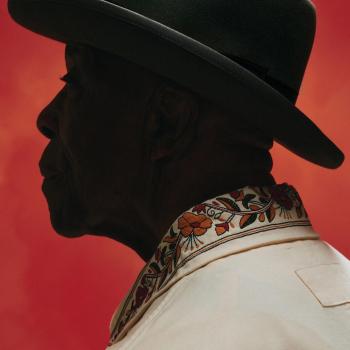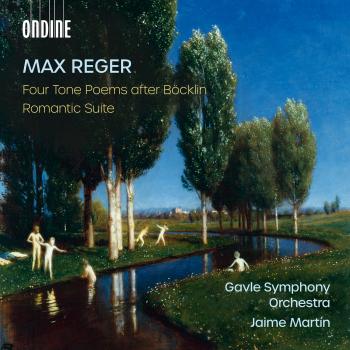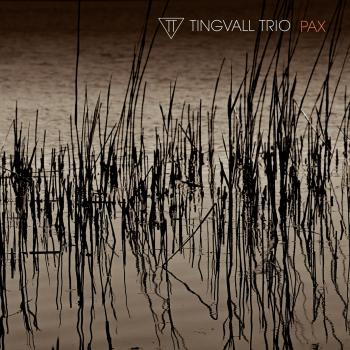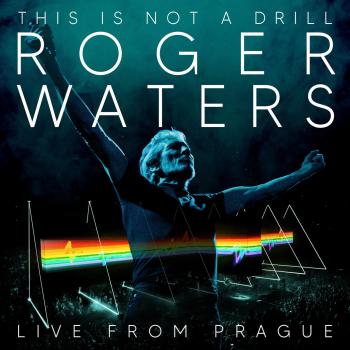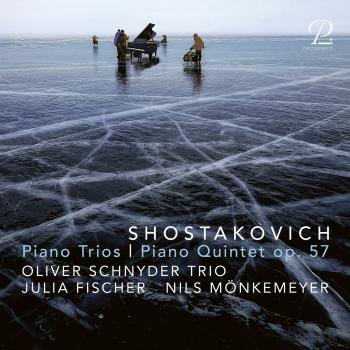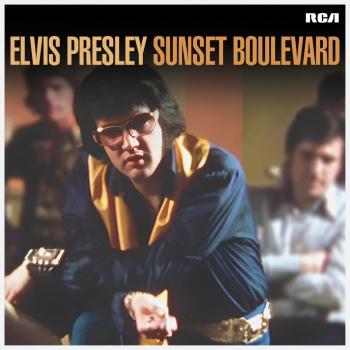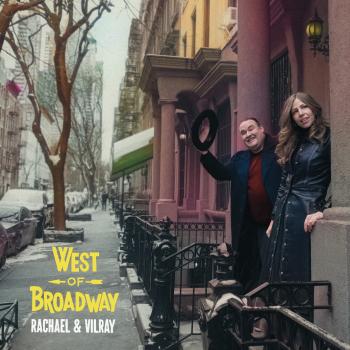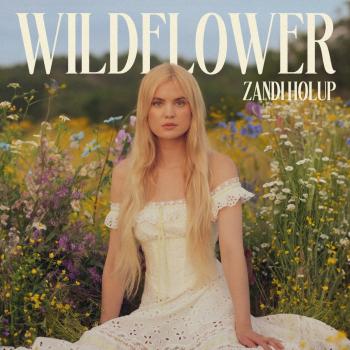
Bartok: Piano Works Alain Planès
Album info
Album-Release:
2014
HRA-Release:
13.05.2014
Label: harmonia mundi
Genre: Instrumental
Subgenre: Piano
Artist: Alain Planès
Composer: Béla Bartók (1881-1945)
Album including Album cover Booklet (PDF)
- 1 I. Moderato 03:53
- 2 II. Allegro molto 02:20
- 3 III. Allegro vivace 03:02
- 4 IV. Molto tranquillo 03:19
- 5 V. Comodo 01:09
- 6 VI. Finale. Allegro 04:17
- 7 Four Old Songs, I. Rubato 04:26
- 8 Four Old Songs, II. Andante 00:49
- 9 Four Old Songs, III. Poco rubato 02:17
- 10 Four Old Songs, IV. Andante 05:44
- 11 I. Allegro moderato 04:46
- 12 II. Sostenuto e pesante 05:44
- 13 III. Allegro molto 03:59
- 14 1. Stick Dance 01:17
- 15 2. Sash Dance 00:32
- 16 3. In One Spot 00:55
- 17 4. Dance from Bucsum 00:46
- 18 5. Romanian Polka 00:32
- 19 6. Fast Dance 00:55
- 20 I. Molto sostenuto 01:45
- 21 II. Allegro giocoso 00:48
- 22 III. Andante 01:05
- 23 IV. Grave 00:58
- 24 V. Vivo 01:08
- 25 VI. Lento 01:51
- 26 VII. Allegretto molto capriccioso 02:05
- 27 VIII. Andante sostenuto 02:41
- 28 IX. Allegretto grazioso 02:31
- 29 X. Allegro 02:31
- 30 XI. Allegretto molto rubato 02:17
- 31 XII. Rubato 03:34
- 32 XIII. Lento funebre 02:23
- 33 XIV. Valse 02:18
Info for Bartok: Piano Works
It was in these terms that Ferruccio Busoni greeted the publication in 1908 of the 14 Bagatelles, in which Béla Bartók conveyed the violent aesthetic impact of his discovery of authentic Hungarian peasant music. Over the next 20 years, up to the magisterial Sonata of 1926, he indefatigably refined an innovative pianistic language: pungent, dissonant, percussive, with multiple new playing techniques, that was to influence the entire 20th century. A master of every style, from Haydn to Boulez by way of Chopin and Chabrier, Alain Planès stands revealed here as a Bartókian of the front rank.
Alain Planès, piano
Alain Planès
A great lover and connoisseur of painting, no less learned in his passion for poetry, Alain Planès enjoys a career in his own image: right from the start he has followed the path of life rather than the siren songs of a glory that demands too many compromises. There is in him something of a curious blend of Proust and Wilde.
With the first he shares his relationship with time, profound, expanded, Schubertian. With the second, a certain intellectual dandyism, a form of refined cynicism that nonetheless does not sacrifice tenderness.
From a mother with an artistic temperament, a painter and music-lover, he has inherited and retained fervent humility and disinterestedness of gesture. In the end it is this that creates style – rigour is of little use without grace.
This multi-faceted sensibility discovered the piano at five, first played with orchestra three years later, and set off for the United States after the Paris Conservatoire in search of another way of making music: with Pressler, Sebök, Primrose and Starker, whose regular concert partner Alain Planès long remained in the USA and Europe.
Soloist, chambrist, accompanist, teacher – every aspect of his art arouses his interest. Moreover, he had the opportunity of discovering the entire classical and contemporary repertoire by playing it through on two pianos with François Michel, a friend of Stravinsky’s, in whose home Michel had mingled with the great intellectual figures of the time such as Malraux, Deleuze, Cassandre, and later Miró.
When he returned to France a few years later it was to become, at the request of Pierre Boulez, solo pianist of the Ensemble Intercontemporain, where he remained until 1981. His in-depth work with such eminent composers as Boulez, Stockhausen, Ligeti and Berio set the final seal on the eclecticism of his playing, and prompted the foremost music festivals to seek out his presence. These include La Roque-d’Anthéron, Montreux, Aix-en-Provence, and the prestigious Marlboro Festival where he has appeared for many years now, faithful to his exceptionally close association with Rudolf Serkin.
Booklet for Bartok: Piano Works

